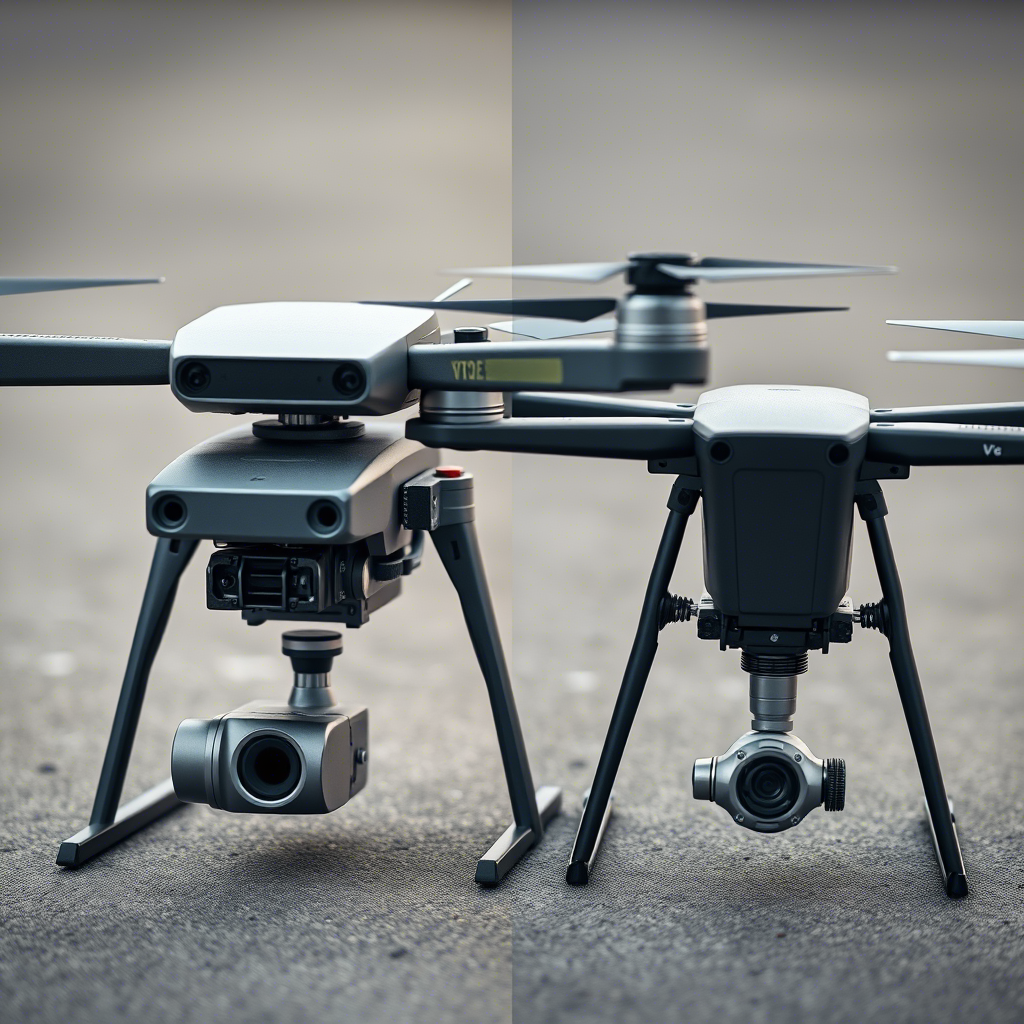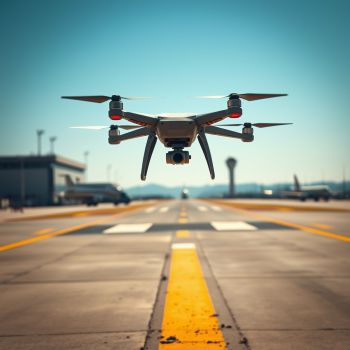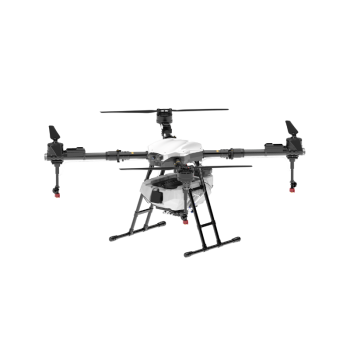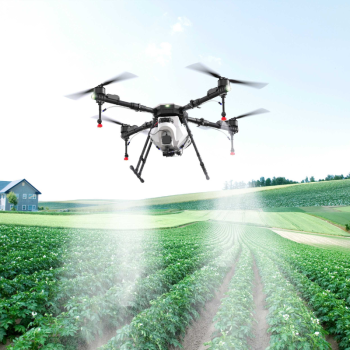Selection of pesticides for plant protection drones
Optimizing Pesticide Selection for Agricultural Drone Applications
The rise of drone technology in plant protection has transformed how farmers approach crop management, demanding a reevaluation of traditional pesticide formulations. Compatibility with drone systems hinges on factors like droplet size, application efficiency, and environmental safety. Below, we explore critical considerations for selecting pesticides tailored to aerial spraying, ensuring optimal performance and sustainability.
Understanding Droplet Dynamics and Coverage Efficiency
Aerial spraying requires pesticides that produce uniformly sized droplets to maximize coverage and minimize drift. Unlike ground-based equipment, drones operate at higher altitudes and speeds, making droplet control essential. Formulations that create overly fine droplets risk drifting beyond target areas, while larger droplets may bounce off leaf surfaces or fail to penetrate dense canopies.
Adjuvants play a pivotal role in adjusting droplet behavior. Surfactants, for example, reduce surface tension, allowing pesticides to spread evenly across waxy or hydrophobic leaves. Stickers enhance adhesion, preventing rainfastness issues and extending residual activity. Farmers should prioritize products labeled for aerial use, as these are engineered to balance droplet stability with coverage efficacy under drone-specific conditions.
Environmental and Crop Safety Considerations
Pesticides applied via drones must align with ecological and regulatory standards to protect non-target species and water sources. Volatile compounds, for instance, are prone to vapor drift, posing risks to nearby pollinators or residential areas. Opting for low-volatility formulations reduces off-target contamination while maintaining efficacy.
Crop compatibility is equally vital. Some pesticides may cause phytotoxicity when applied under specific environmental conditions, such as high temperatures or humidity. Drone operators should review product labels for restrictions related to growth stages, weather, and adjacent crops. Additionally, integrating pesticides with integrated pest management (IPM) strategies ensures minimal disruption to beneficial insects and soil health.
Compatibility with Drone Spray Systems
The physical properties of pesticides—such as viscosity, pH, and solubility—directly impact their suitability for drone tanks and nozzles. Highly viscous products may clog nozzles or require additional agitation, disrupting flight patterns and causing uneven distribution. Similarly, acidic or alkaline formulations could corrode tank materials over time, leading to costly repairs.
Pre-testing pesticides in controlled environments helps identify compatibility issues before full-scale deployment. Operators should assess factors like tank mixing stability, nozzle wear, and residue buildup. Some products may require dilution adjustments or the use of anti-foaming agents to prevent operational disruptions. Prioritizing water-based or micro-emulsion formulations often simplifies integration with drone systems.
Tailoring Formulations to Target Pests and Diseases
Effective pest control begins with precise identification of threats, as different pesticides target specific life stages or mechanisms. For example, systemic insecticides are ideal for sucking pests like aphids, while contact-based products work better against chewing insects. Fungal diseases may demand protective fungicides for prevention or curative options for active infections.
Drone applications excel in delivering targeted treatments, especially for hard-to-reach areas like tree canopies or dense undergrowth. Liquid formulations with penetrating agents ensure thorough coverage of leaf backs and stems, where pests often hide. Farmers should also consider the persistence of active ingredients, balancing immediate control with long-term residual protection to reduce application frequency.
Adapting to Local Regulations and Crop Types
Regulatory frameworks governing pesticide use vary by region, dictating permissible active ingredients, application rates, and safety intervals. Drone operators must stay informed about local restrictions to avoid legal repercussions and environmental harm. Some jurisdictions may require buffer zones near water bodies or residential areas, influencing flight path planning and product selection.
Crop-specific guidelines also influence pesticide choices. For instance, vineyards may have stricter residue limits for export markets, necessitating lower-dose or organic-approved products. Similarly, organic farms must rely on biopesticides or naturally derived compounds, which may require adjustments to application techniques for aerial systems.
Conclusion
Selecting pesticides for drone-based plant protection demands a holistic approach, balancing technical compatibility, environmental responsibility, and pest-specific efficacy. By prioritizing droplet control, ecological safety, and regulatory compliance, farmers can harness the full potential of aerial spraying while minimizing risks. As drone technology evolves, ongoing collaboration between agronomists, chemists, and operators will drive innovation in sustainable pest management solutions.




